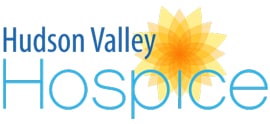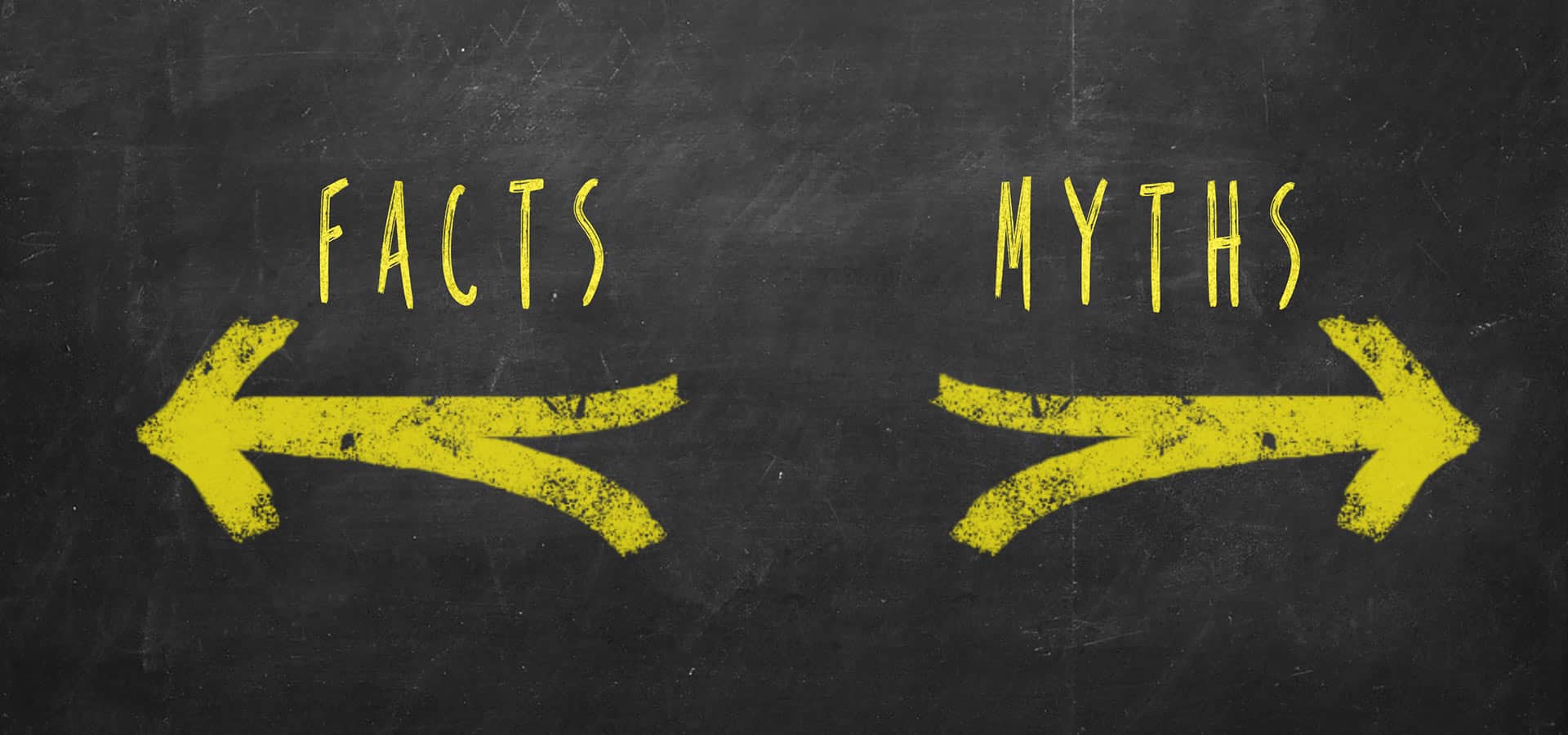Myths and Facts about Hospice Care
MYTH: Hospice means giving up hope.
FACT:
Hospice helps redefine hope for patients and their loved ones. It offers hope that a secure, familiar environment can be provided; hope for freedom from fear of isolation, abandonment, loneliness, loss of control and physical pain; and hope that the family will be nurtured and supported through grief and bereavement services during their loved one’s end of life journey and after their death. Hospice is not giving up…it is choosing to live the rest of your life the way you want to live it, with quality!
MYTH: Hospice patients must sign a Do Not Resuscitate form (DNR) to receive care.
FACT:
There is no requirement for patients to complete a Do Not Resuscitate (DNR) form to receive hospice services.
MYTH: Hospice is a place, so you must leave home to receive hospice care.
FACT:
Hospice is a philosophy of care provided in the patient’s home or wherever the patient calls home, including residential, skilled nursing, and assisted living facilities. Homeless people, as well as people who live alone, can qualify for hospice.
MYTH: Hospice is only for cancer patients.
FACT:
Hospice care is available to individuals with advanced illnesses including end-stage heart disease, lung disease, ALS, Alzheimer’s, AIDS, renal disease and severe birth defects.
MYTH: Once you’re on hospice you can’t get off.
FACT:
Wrong. You can discontinue hospice anytime you want, no penalty, no hard feelings. There is no limit to the number of times a person can be admitted to hospice.
MYTH: Hospice is only focused on the patient and pain control.
FACT:
Hospice care is a holistic approach, designed to care for the patient by providing expert pain and symptom management, as well as emotional and spiritual support delivered by a care team of a physician, nurse, social worker, chaplain, home health aide, other professionals and trained volunteers.
MYTH: Hospice is expensive.
FACT:
Hospice care is a cost-effective and valuable healthcare resource paid for by almost all insurance providers and there are no out-of-pocket costs for Medicare and Medicaid patients.
MYTH: You can’t keep your own doctor with hospice.
FACT:
We have working relationships with physicians throughout both counties so that patients may keep their own doctors while on hospice.
MYTH: All hospice care is the same. It’s provided by nursing homes isn’t it?
FACT:
For more than 35 years, Hudson Valley Hospice has been the only licensed and accredited hospice in both Dutchess and Ulster counties. Nursing homes and home care programs are not allowed by NY State and Medicare regulations to offer hospice care to patients, and although Hudson Valley Hospice has contracts with 16 nursing homes, some facilities lead families to believe that their “palliative or comfort care” is just as good as hospice. These nursing homes and home care programs do not provide the full array of hospice services required by Medicare and NY State. Hudson Valley Hospice ensures that the patient receives quality, symptom management care in the environment chosen by the patient and family.
MYTH: Medicare provides only six months of hospice care, so enrollment should be delayed as long as possible.
FACT:
Medicare law does not time-limit the hospice benefit. There is no rule determined by life expectancy. Patients have access to the Medicare hospice benefit indefinitely when the patient’s physician and the hospice medical director certify that the patient’s illness meets medical eligibility.
MYTH: Patients only have 6 months to live on hospice.
FACT:
Hospice patients are entitled to unlimited time on hospice care, as legislated by Congress in 1998, so long as their doctor and the hospice MD continues to deem the patient eligible for hospice care. Many patients have been on hospice longer than 6 months, some for years, without the need to go back and forth to the hospital.
MYTH: Patients give up treatments on hospice.
FACT:
Hospice care aggressively treats a patient’s symptoms and gives patients the freedom to decide what’s best for them. Radiation, antibiotics, dialysis, chemo-therapies and other aggressive treatments may be used when deemed appropriate by the Hudson Valley Hospice Chief Medical Officer.
MYTH: Hospice is a 9 to 5, Monday to Friday program.
FACT:
Hudson Valley Hospice is staffed 24 hours a day, 7 days a week, 365 days a year. Nurses and social workers are available around the clock to attend to patient’s and families needs.
MYTH: Patients can’t go to the hospital while on hospice.
FACT:
While the goal of hospice is for patients to be able to remain in their home, hospice has four levels of care. One of these levels provides for patients to be cared for in a hospital, if acute symptoms require around the clock clinical monitoring while receiving hospice care.
MYTH: Your Chaplains will try to convert patients.
FACT:
Hudson Valley Hospice is non-sectarian and employs chaplains from a number of faiths; however, they do not promote any particular religion. Rather, they provide the patient and family with spiritual comfort and anxiety relief. They are available at the discretion of the patient and family and won’t take the place of the patient’s priest, rabbi, minister, Imam, etc.

